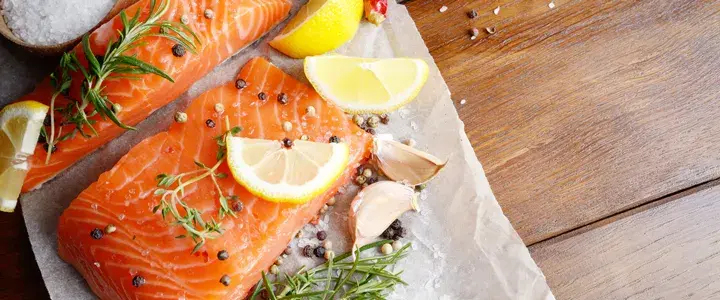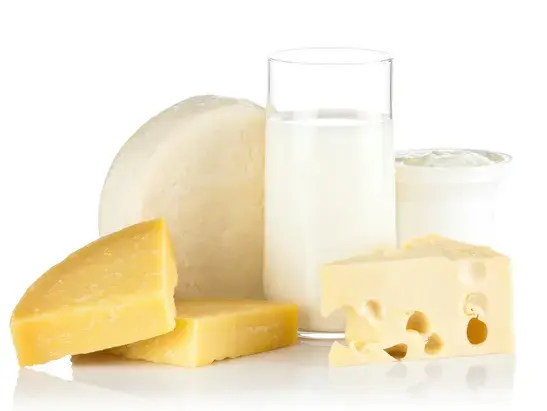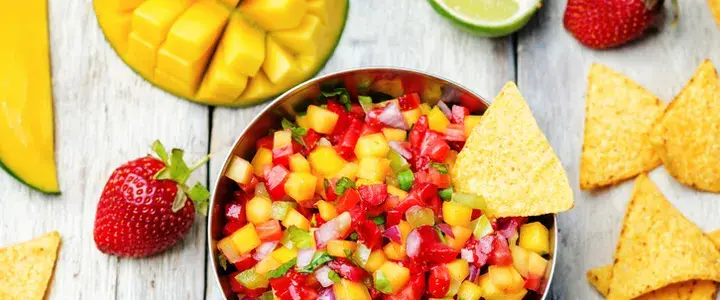To say food plays a big part in our lives is an understatement. Not only can food affect our mood, but it can also help with battling chronic diseases like type 2 diabetes.
When a person is diagnosed with prediabetes or type 2 diabetes, they maintain their blood glucose through medication, exercise, weight loss, and changing their eating habits.
However, being advised to “change your eating” can seem so broad and vague that people often don’t know how to break that down into action steps.
Let’s look at the major food categories to identify which items are the best choices for controlling blood sugar. Plus, we’ll suggest healthy recipes to satisfy your taste buds!
Protein
The great thing about protein is that it is found in more than just chicken, fish, and pork. There are plant-based proteins like beans, peas, and nuts, as well as cheese and eggs, which you can consume and still get your recommended dose for the day. The biggest takeaway for protein is to make sure that it is lean and low in saturated fats. This means staying away from processed meats.
RECIPE: Salmon baked with cucumbers and dill
Grains
Focus on whole grains since they are full of vitamins, minerals, fiber, and phytochemicals. Brown rice, whole wheat bread, and quinoa are good options. It’s important to avoid refined grains—like white or enriched wheat—that only include the starchy part of the grain and are missing the nutrients that whole grains provide.
RECIPE: Creole red bean ratatouille
Dairy
Dairy products do contain carbohydrates in the form of lactose, so we want to be aware of serving sizes and opt for fat-free or low-fat. The best dairy options are fat-free or low-fat milk, yogurt, and cheese. Go for fresh cheese, not processed. Avoid items that contain high amounts of fat or sugar, like anything with “cream” in the title and yogurts with added sugars and artificial sweeteners.
Vegetables
The vegetables you choose can be packaged in different ways, whether frozen, canned, or juiced. Just stay away from items that are high in sodium and fat, and consume only small amounts of starchy vegetables like potatoes and corn. Try to eat fresh, frozen and canned vegetables like broccoli, carrots, and asparagus, and pick vegetable juices without added sodium, fat, or sugar.
RECIPE: Sirloin and broccoli stir fry
Fruit
The best choices are fresh, frozen or canned fruits without added sugars. If you enjoy canned fruits, choose ones in juice or light syrup. Fruit can be eaten in exchange for other sources of carbohydrates in your meal plan such as starches, grains, or dairy.
RECIPE: Seared chicken with strawberry salsa
Fats
Monounsaturated fats are called "good or healthy" fats because they can lower your bad (LDL) cholesterol. Try avocados, almonds, olives, and cooking with olive oil. Avoid saturated fats and trans fats, which are known for raising blood cholesterol levels. They can be found in butter, gravy, and processed foods.


